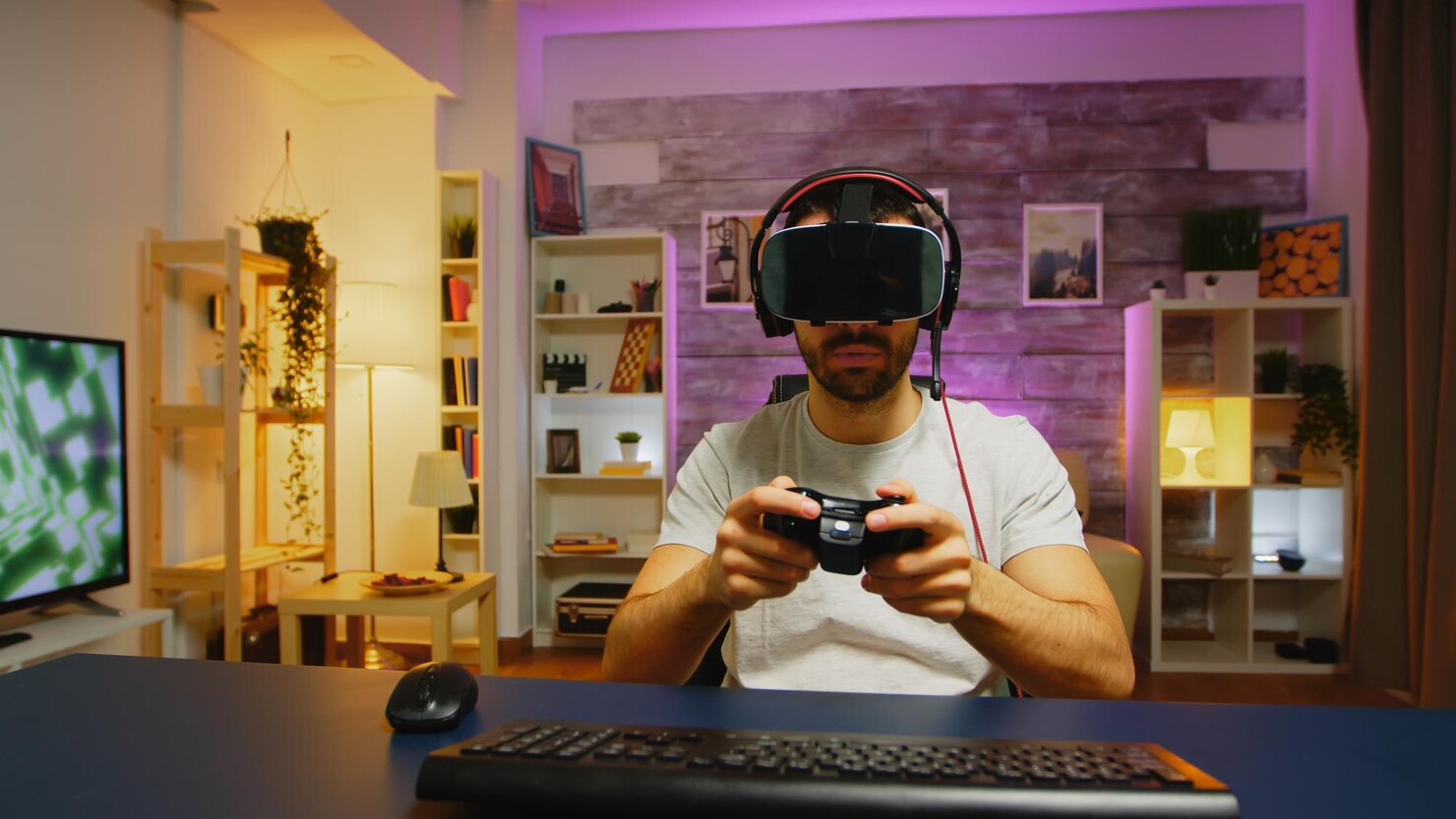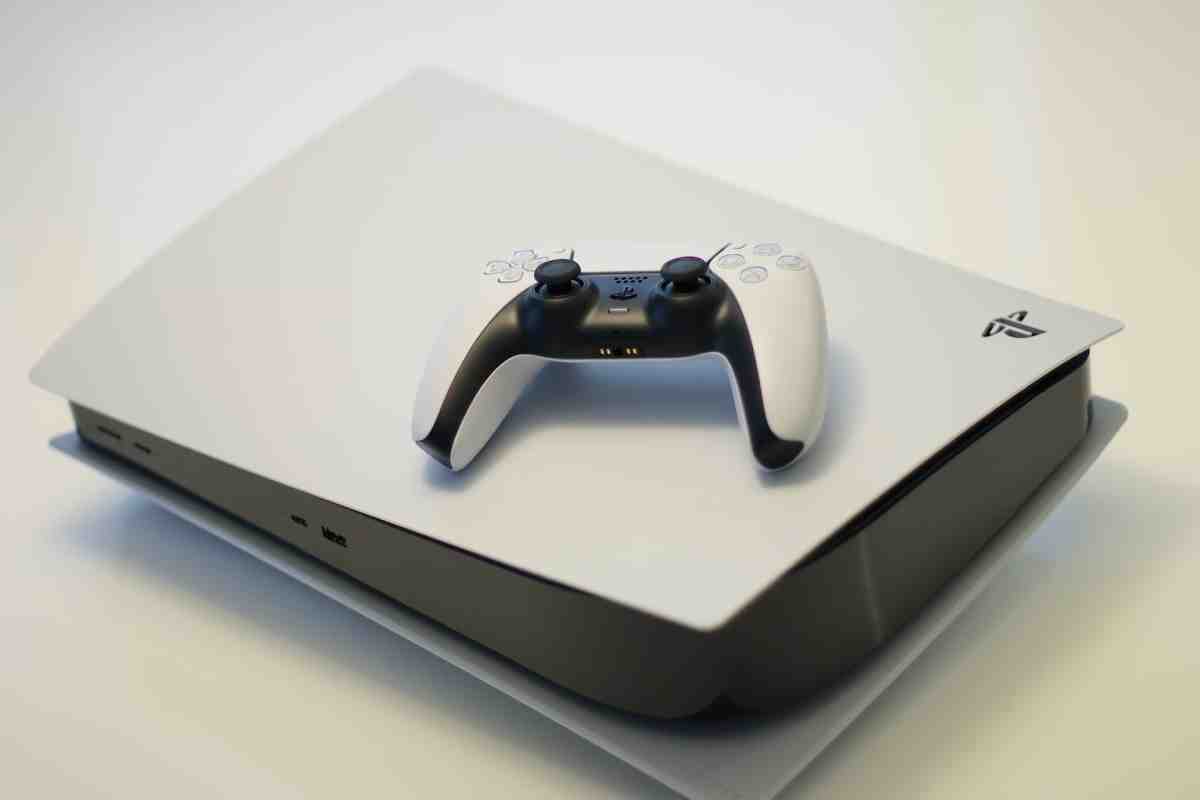The Evolution of Gaming Consoles: From Past to Present
Gaming has changed a lot over the years. Gaming consoles have been key in shaping the industry. From the early days of pixelated screens to today’s hyper-realistic graphics, the console evolution reflects technological advancements and changing consumer demands. As competition heats up, debates like PlayStation vs Xbox take over chats among gamers everywhere. In this

Gaming has changed a lot over the years. Gaming consoles have been key in shaping the industry. From the early days of pixelated screens to today’s hyper-realistic graphics, the console evolution reflects technological advancements and changing consumer demands. As competition heats up, debates like PlayStation vs Xbox take over chats among gamers everywhere.
In this article, we’ll explore the history of gaming consoles. We’ll compare their key milestones, innovations, and what the future may hold.
The Birth of Gaming Consoles: The 1970s and 1980s

The 1970s and 1980s marked the birth of gaming consoles, introducing the world to home entertainment systems. From the pioneering Magnavox Odyssey to the dominance of Atari and the Nintendo Entertainment System (NES), this era laid the foundation for the gaming industry as we know it today.
The First Generation of Consoles
The history of gaming consoles starts in the early 1970s with the creation of home gaming. Notable milestones include:
- Magnavox Odyssey (1972) – The birth of the home console; the graphics were terrible, and the games were pretty basic.
- Pong (1975) – Atari’s home version of the arcade classic that brought gaming to the masses.
These consoles either operated on cartridges or had games built-in. They moulded the future of the industry.
The Rise of the 8-Bit Era
The 1980s brought major advances in technology, leading to the second generation of gaming consoles:
- Atari 2600 (1977) – Made gaming popular with interchangeable cartridges and classic games like Space Invaders.
- Nintendo Entertainment System (NES) (1985) – Brought the industry back to life after the 1983 video game crash with iconic games like Super Mario Bros. and The Legend of Zelda.
- Sega Master System (1986) – Gave Nintendo a run for its money with games like Sonic the Hedgehog.
This era made home gaming a key part of entertainment. Developers worked hard to boost graphics and gameplay. The 8-bit processors in these consoles provided clearer visuals and better sound. This set the stage for more engaging gaming experiences.
The 16-Bit and 32-Bit Era: The 1990s Revolution
The 1990s brought a technological leap in gaming with the rise of 16-bit and 32-bit consoles, delivering richer graphics, better sound, and more complex gameplay. Iconic rivalries, like Sega vs. Nintendo and later PlayStation’s debut, defined this golden era of gaming innovation.
Super Nintendo vs Sega Genesis: The Console Wars Begin
Console wars started in the 1990s with Nintendo vs Sega. Key developments included:
- Super Nintendo Entertainment System (SNES) (1990) — Improved graphics, larger game libraries, and classics like Donkey Kong Country.
- Sega Genesis (1989) – Targeted older gamers with brash marketing and fast-paced arcade-inspired titles, like Sonic the Hedgehog.
This forced developers to be inventive. That meant, in turn, better graphics, deeper storytelling and enhanced controllers. The rivalry between these two giants led to fierce marketing campaigns and exclusive deals that changed the industry.
The Dawn of 3D Gaming
As technology advanced, console evolution saw the introduction of 3D graphics and CD-based games:
- Sony PlayStation (1994) – Revolutionised gaming with cinematic experiences and titles like Final Fantasy VII and Metal Gear Solid.
- Nintendo 64 (1996) – Brought true 3D worlds with iconic games like Super Mario 64 and The Legend of Zelda: Ocarina of Time.
- Sega Saturn (1994) – Competed in the 32-bit market but struggled against Sony’s dominance.
The move from 2D to 3D worlds gave gamers new experiences and changed game design forever. Developers started to focus on storytelling, voice acting, and character development. These elements are still key in modern gaming.
The 21st Century: PlayStation vs Xbox and the Rise of Online Gaming

The 21st century saw an intense rivalry between PlayStation and Xbox, shaping the gaming landscape with powerful consoles and exclusive titles. The rise of online gaming transformed how players connect, compete, and experience games, making multiplayer and digital content more accessible than ever.
The Early 2000s: Sony, Microsoft, and Nintendo Battle for Dominance
The sixth generation of gaming consoles had fierce competition between PlayStation and Xbox. Meanwhile, Nintendo held a unique spot in the market.
- PlayStation 2 (2000) – Became the best-selling console of all time with a massive game library and DVD functionality.
- Xbox (2001) – Microsoft entered the gaming industry, introducing online multiplayer through Xbox Live.
- Nintendo GameCube (2001) – Focused on innovative gameplay but struggled against Sony and Microsoft’s dominance.
This time set the stage for online gaming. It connected players using fast internet. Multiplayer games like Halo and Call of Duty changed gaming forever. Now, online connectivity is a must-have feature.
HD Gaming and Motion Controls
The seventh generation ushered in high-definition graphics and motion-sensing technology:
- PlayStation 3 (2006) – Introduced Blu-ray support and online gaming through PlayStation Network.
- Xbox 360 (2005) – Gained popularity with Xbox Live and exclusives like Halo and Gears of War.
- Nintendo Wii (2006) – Revolutionised casual gaming with motion controls, making gaming accessible to all ages.
Motion controls and HD visuals expanded gaming’s reach, attracting both hardcore and casual gamers. Nintendo’s Wii beat its rivals by attracting families and casual gamers. This showed that new gameplay ideas can matter as much as better graphics.
The Modern Era: The Power of Next-Gen Consoles
Next-gen gaming consoles have revolutionised the industry with cutting-edge hardware, faster load times, and immersive experiences. With features like ray tracing, 4K gaming, and cloud integration, modern consoles push the boundaries of performance and realism.
The Battle of PlayStation vs Xbox Continues
The eighth and ninth console generations introduced amazing features. They offered photorealistic graphics, VR capabilities, and cloud gaming.
- PlayStation 4 (2013) – Focused on exclusive games like God of War and The Last of Us Part II.
- Xbox One (2013) – Pushed for an entertainment hub approach but faced criticism for early online restrictions.
- Nintendo Switch (2017) – Blended handheld and console gaming with iconic titles like Breath of the Wild.
The latest generation, launched in 2020, continues the console evolution:
- PlayStation 5 – Features ultra-fast SSDs, ray tracing, and exclusive games.
- Xbox Series X/S – Focuses on Game Pass, offering a Netflix-style gaming subscription.
The Role of Cloud Gaming and Subscription Services
The future of gaming consoles may not rely on physical hardware but on streaming services:
- Xbox Game Pass and PlayStation Plus – Offer cloud-based gaming libraries.
- Google Stadia and NVIDIA GeForce Now – Experimented with game streaming technology.
- Subscription-Based Models – Allows gamers to access a vast library for a monthly fee.
As internet infrastructure gets better, owning a physical console may change. Cloud-based gaming could become the industry standard.
The Future of Gaming Consoles: What’s Next?
The future of gaming consoles is set to be shaped by advancements in cloud gaming, AI-driven experiences, and cutting-edge hardware innovations. As technology evolves, consoles may become more integrated with streaming services, virtual reality, and enhanced social connectivity, redefining how we play and interact with games.
Virtual Reality and Augmented Reality Integration
As VR and AR technology advances, future consoles may offer more immersive experiences:
- PlayStation VR2 – Enhances virtual reality gaming with improved motion tracking.
- Mixed Reality Gaming – Blends real-world and digital environments for interactive gameplay.
- Haptic Feedback Controllers – Provide deeper sensory engagement in games.
Sustainability and Eco-Friendly Gaming
As environmental concerns grow, the gaming industry is moving towards sustainable solutions:
- Energy-efficient consoles that consume less power.
- Recyclable game packaging and digital-only editions.
- Carbon offset programs by gaming companies.
From Pixels to Powerhouses: The Ever-Evolving World of Gaming Consoles

Console evolution has been amazing, from the early days of Pong to today’s PlayStation vs. Xbox battles. The gaming industry keeps innovating. It embraces cloud gaming, virtual reality, and AI technology. In the future, gaming consoles will change entertainment. They will provide more immersive and accessible gaming experiences.
No matter if you love retro games or look forward to new tech, gaming consoles are still changing. The best is yet to come.